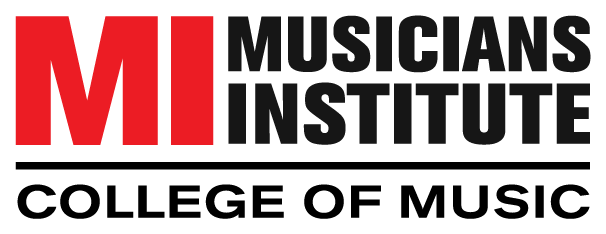Sound has been one of life’s great mysteries to mankind for as long as we have had the ears to hear it and hands to create it with. To that end, one of the greatest sound-making inventions ever devised has only been around for about 70 years – the synthesizer.
In this article, we’re going to touch upon the history of this machine, but first:
What is a Synthesizer?
A synthesizer is essentially an electronic musical instrument that creates audio. Although they aren’t wrong, it is so much more than that. A synthesizer, depending on the type, is a piece of machinery that uses electronic devices – oscillators, modulators, and/or carriers, to generate a sound by vibrating in a certain shape.
Sometimes these oscillators modulate each other to generate very complex sound waves as in FM – then they run these sounds through amplifiers, filters, and effects to create unique soundwaves as we will explain a little more about below. Let’s dive into the world of sound synthesis and where it all began.

Blog Post
"*" indicates required fields
By submitting this form, I authorize Musicians Institute (MI) to make or allow the placement of calls, emails, and texts to me at the phone number that I have provided, including through the use of automated technology, or a prerecorded or artificial voice. I understand that I am not required to provide my phone number as a condition of purchasing any property, goods, or services. I agree to the terms of MI’s Privacy Policy. MI will not sell or rent your information to third parties, and you may unsubscribe at any time.
The First Synthesizers
Many people will credit the first programmable synthesizer to RCA’s Mark II, but there was an earlier version that existed around the turn of the 20th century, a 7-ton machine that used motors to produce electricity and then turned them into sound via telephone receivers. RCA, which is accredited with the first synth that resembles what we know today, just so happened to be the organization that shut down this machine known as the telharmonium.
In the basement of Columbia University, Mark II was born. Affectionately named ‘Victor’, this creation used a paper tape reader as its sequencer. For those of you who play pianos, that means that the technology behind sequencing has been around since the days of cowboys and saloon shootouts! But synthesis would soon take this more primitive technology and run with it – right off into the future.
The Age of Analog
These machines – now coined classic or vintage, were and in many ways still are sound machines of the future. One of the biggest names in the industry would pioneer some of the first and longest-standing analog synthesizers – a fellow by the name of Robert Moog.
Analog synthesizers became known and adored for their characteristic warbling pitch. The sounds were both futuristic and quaint.
Incorporating different components such as Voltage Controlled Oscillators (VCOs) and noise generators, Moog became one of the pioneers of analog synthesizers. Moog,to this very day, is one of the best manufacturers of these electronic musical instruments. They are, of course, not the only iconic brand of synthesizer, and some classic names in the category include Roland – especially their Juno, Jupiter, and Korg to name a few.
These were the classic synthesizers that would shape the sounds of many genres and generations to come. But the science wasn’t finished yet.
FM and the Digital Revolution
As previously discussed an oscillator, the fundamental first piece of circuitry in the signal’s journey, is a component that, for lack of a better word, oscillates back and forth. Most subtractive synthesis works by stacking up oscillators and then filtering out frequencies to produce a refined tone.
One man by the name of John Chowning made a brilliant discovery that would send synthesis even further into the future. By using one oscillator to modulate another, he found that far more complex, noisy, and sometimes harsh tones could be generated. This is a technique and style of synthesis known as Frequency Modulation, and it is a fundamental part of many modern electronic music sounds.
The first synthesizer to embrace this was the Yamaha DX7 and is still the main staple of many electronic musicians and their studios, though the technology has been expanded on time and again since then. As the digital revolution affected just about everything from photography to clockwork to sound design, soft-synths were born.
Digital synthesizers – the ones you can download (even for free) have become extremely powerful as well.
Though many people are still drawn to the characteristics of the vintage analog synths, these software synthesizers are incredibly well-featured and can produce just about any sound you can imagine.
If you are interested in learning more about synthesis and sound design, check out our in-person and online courses at MI College of Contemporary Music.

